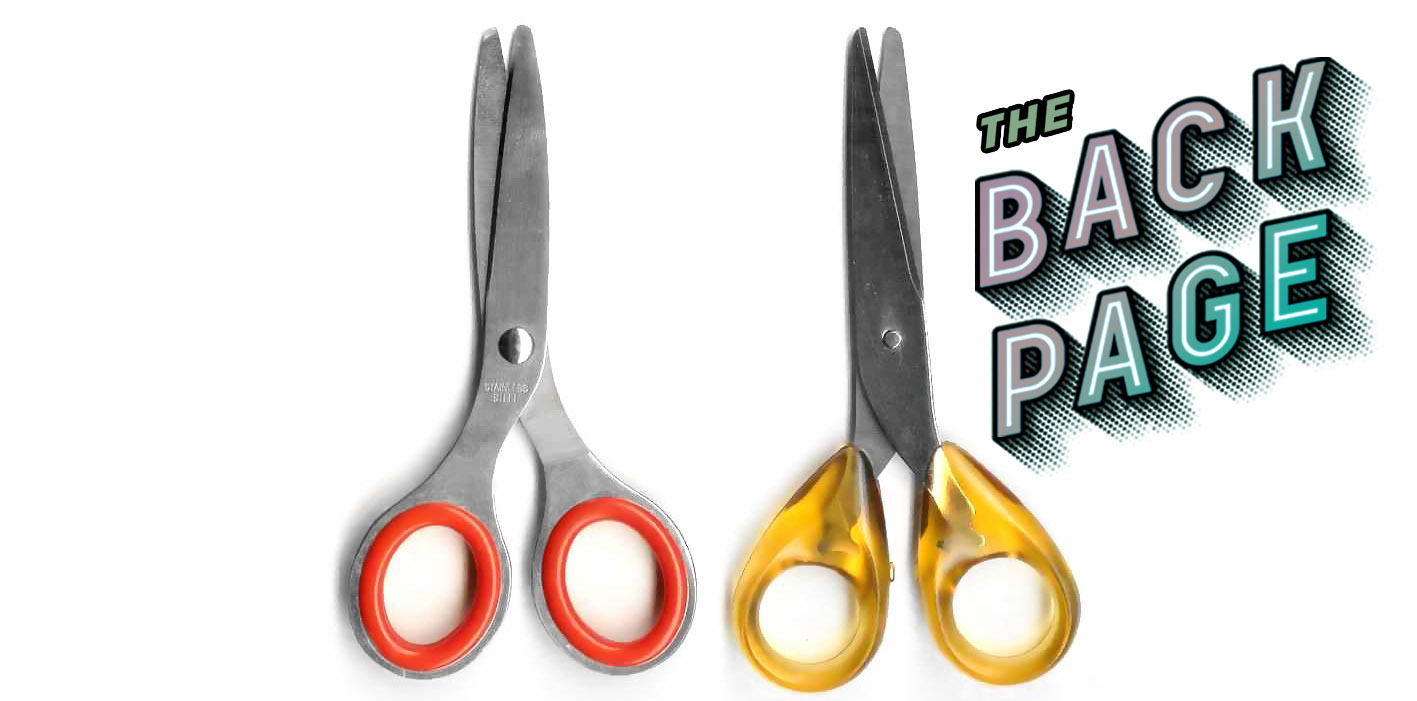A large genetic study has revealed that 41 loci play a role in left handedness.
Why are some people left-handed? Why are some people ambidextrous?
How come some people can do calligraphy with their toes – using either foot?
A large genetic study published this week in Nature Human Behaviour has some answers.
Researchers analysed genetic data on around 1.8 million people from the UK Biobank, 23andMe and the International Handedness Consortium, making this “the largest genetic study of handedness to date”, according to the authors.
Around 194,000 people in the study were left-handed and around 38,000 were ambidextrous. The rest were right-handed.
The genome-wide association meta-analysis revealed that there were 41 gene regions (loci) linked with left-handedness.
Seven loci were also associated with ambidexterity. There was limited overlap with the gene loci that governed left-handedness, which suggested that the “genetic architecture underlying the two traits is different”, the authors said.
Why is this interesting? Aside from being a fun trivia question for geneticists, it helps resolve the long-running debate about whether handedness is determined by few or many genes.
“Our … analyses demonstrate conclusively that handedness is a polygenic trait – with multiple genetic variants which implicate multiple biological pathways each increasing the odds of being left-handed or ambidextrous by a small amount,” the authors said.
The study also suggested that genetics plays a limited role in handedness overall, which mirrors twin studies that show the heritability of handedness is around 25%.
Environmental or lifestyle factors, such as injuring a hand or training by playing sport or musical instruments, were likely to influence handedness significantly, said one of the authors Professor David Evans from the University of Queensland Diamantina Institute.

Other fun facts The Back Page came across while reading about lefties, righties and bothies include:
– Around 10% of people are left-handed and around 2% are ambidextrous, while the rest are right-handed.
– Human embryos show handedness through their arm movements in the womb.
– There’s a school in India’s Singrauli district that teaches ambidexterity to children.
– There is a pair of scissors specifically designed for people who are ambidextrous.
If you see something stupid, say something stupid… The genetic origins of toe writing talents remain a mystery. Send your best hypotheses to felicity@medicalrepublic.com.au


